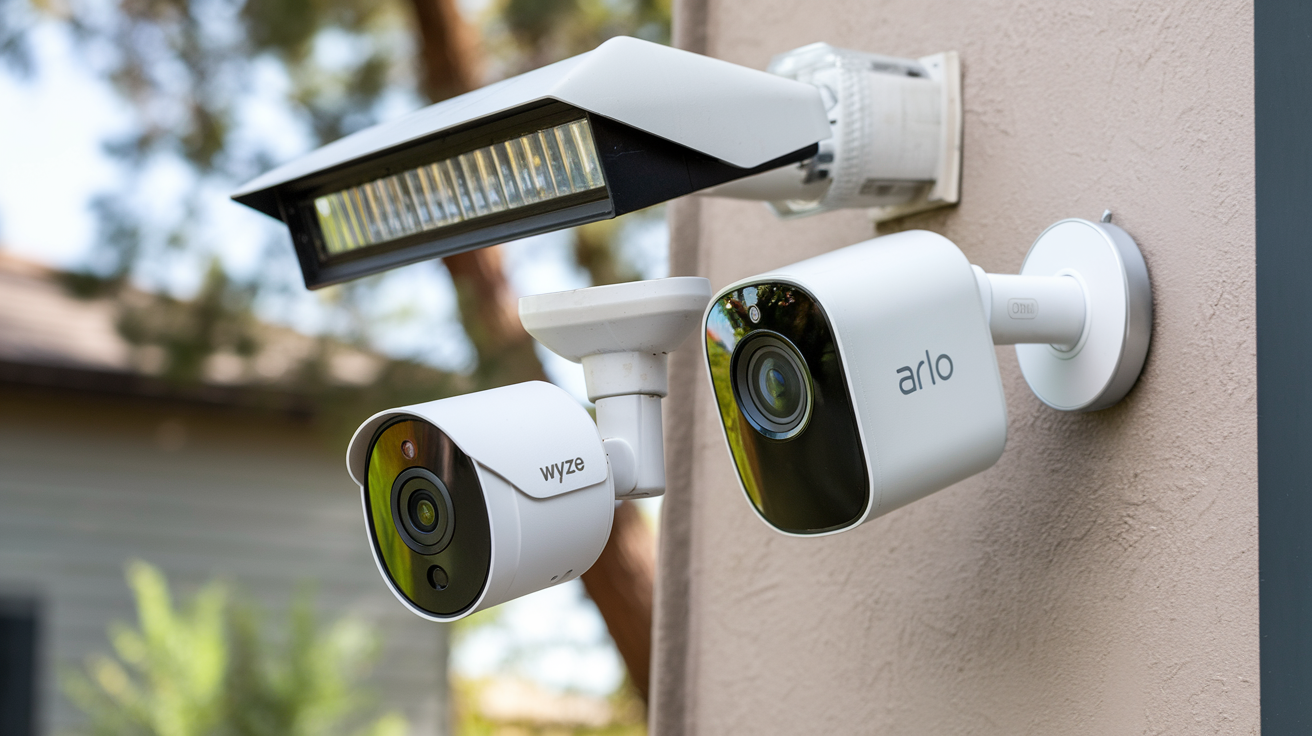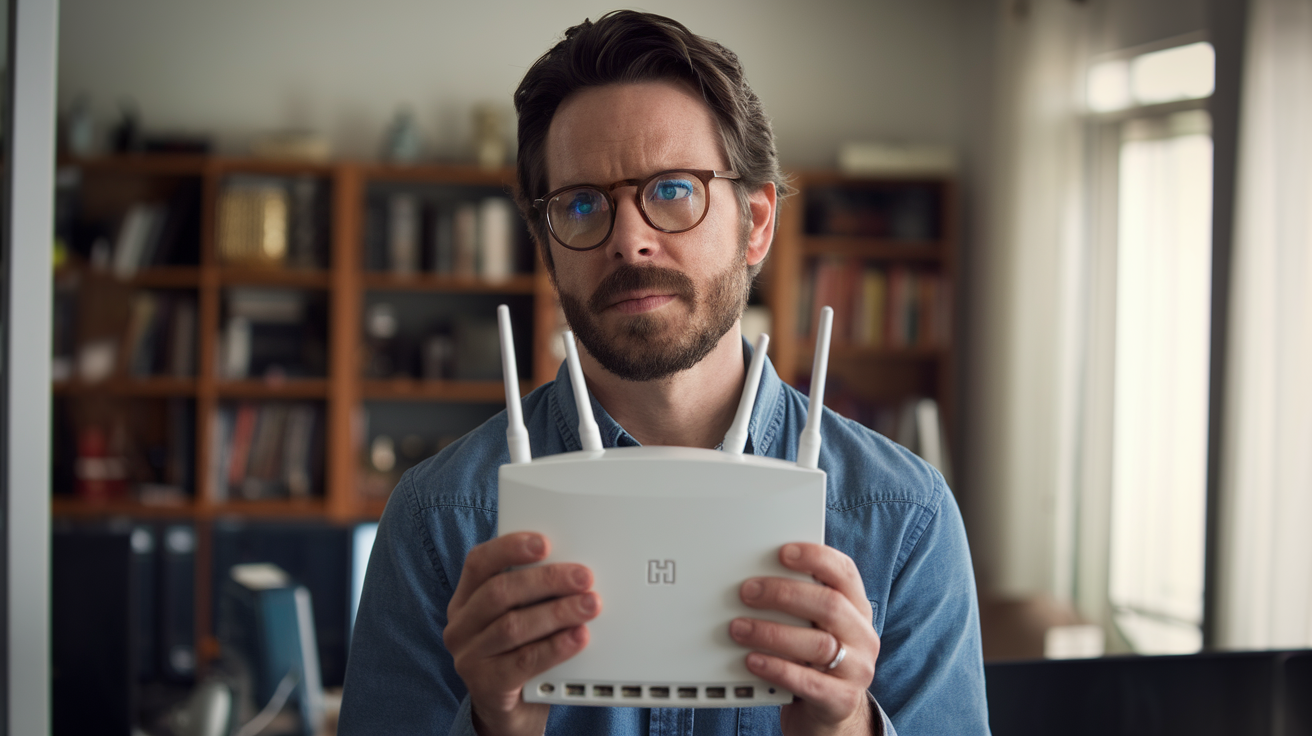
Carbon monoxide (CO) is a silent killer. It's a colorless, odorless gas that can be fatal when inhaled in large amounts. According to the Centers for Disease Control and Prevention (CDC), more than 400 people die from unintentional CO poisoning every year in the United States, and over 20,000 visit the emergency room due to CO poisoning. Given these statistics, it's clear that installing carbon monoxide detectors in your home is not just a good idea—it's a necessity. But where should these detectors be placed to ensure maximum protection for you and your family? This blog post will guide you through the best practices for carbon monoxide detector placement in your home.
Understanding Carbon Monoxide
Before diving into placement tips, it's essential to understand what carbon monoxide is and how it can affect your health. Carbon monoxide is produced when fuels like gas, oil, coal, and wood do not burn fully. Common sources in the home include gas appliances, such as stoves and water heaters, as well as fireplaces, furnaces, and even running vehicles in attached garages. When inhaled, CO prevents your blood from carrying oxygen to cells, tissues, and organs, leading to symptoms like headaches, dizziness, weakness, upset stomach, vomiting, chest pain, and confusion. High levels of CO can cause loss of consciousness and death.
Why Carbon Monoxide Detectors Are Important?
Carbon monoxide detectors are crucial because they provide an early warning of the presence of CO in your home, allowing you to evacuate and seek help before CO levels become dangerous. Unlike smoke, which you can see and smell, CO is undetectable without a detector. Modern detectors can alert you to dangerous levels of CO, often long before you would experience symptoms, giving you precious time to act.
Key Locations for Carbon Monoxide Detectors
To ensure your home is adequately protected, it's important to place carbon monoxide detectors in the right locations. Here are the best spots to install these life-saving devices:
1. Near Bedrooms
The primary purpose of a carbon monoxide detector is to alert you to the presence of CO gas while you are sleeping. Therefore, it’s critical to place a detector in or near every sleeping area in your home. If you have multiple bedrooms on different levels, each level should have its own detector. Place the detector within 10 feet of the bedroom doors.
2. On Each Level of Your Home
Every level of your home, including the basement, should have at least one carbon monoxide detector. CO gas can accumulate in any part of your home, so having detectors on each floor increases the chances of early detection, regardless of where the CO source is located.
3. Near Fuel-Burning Appliances
Install detectors near, but not directly next to, fuel-burning appliances like gas stoves, water heaters, and furnaces. These appliances are common sources of CO, and a detector nearby can quickly alert you if there is a malfunction. However, avoid placing the detector too close to these appliances, as this could result in false alarms. A good rule of thumb is to place the detector at least 15 feet away from fuel-burning appliances.
4. In the Basement
If your home has a basement, it's important to place a detector there as well. Basements often house furnaces, water heaters, and other appliances that can produce carbon monoxide. Placing a detector in the basement ensures that you will be alerted to CO leaks originating from these appliances.
5. Near Attached Garages
Running a vehicle inside an attached garage can quickly fill your home with dangerous levels of CO. To mitigate this risk, place a carbon monoxide detector in the room above the garage and/or just outside the garage door leading into the house.
Avoiding Common Placement Mistakes
While it's essential to know where to place carbon monoxide detectors, it's equally important to understand where not to place them to avoid false alarms or missed detections. Here are some common mistakes to avoid:
1. Don’t Place Detectors Too Close to Appliances
As mentioned earlier, placing detectors too close to fuel-burning appliances can result in false alarms. Maintain a safe distance (at least 15 feet) to ensure the detector accurately measures ambient CO levels.
2. Avoid High-Humidity Areas
High humidity can affect the performance of carbon monoxide detectors. Avoid placing them in bathrooms, saunas, or any other area with excessive moisture.
3. Keep Detectors Away from Direct Sunlight
Direct sunlight can cause detectors to overheat and malfunction. Place detectors away from windows and areas where they will be exposed to direct sunlight for extended periods.
4. Don’t Place Detectors Near Vents or Fans
Air vents, fans, and open windows can dilute CO levels near the detector, causing it to fail to detect dangerous levels of CO. Place detectors away from these areas to ensure accurate readings.
Maintenance and Testing
Simply installing carbon monoxide detectors is not enough. Regular maintenance and testing are crucial to ensure they function correctly.
1. Test Detectors Monthly
Most carbon monoxide detectors have a test button. Press this button monthly to ensure the alarm and batteries are working. Follow the manufacturer’s instructions for testing.
2. Replace Batteries Annually
Even if your detectors are hardwired, they likely have a battery backup. Replace these batteries at least once a year to ensure the detector will function during a power outage.
3. Replace Detectors Every 5-7 Years
Carbon monoxide detectors have a limited lifespan, usually between 5-7 years. Check the manufacturer’s recommendations and replace detectors as needed to ensure they remain effective.
Additional Safety Tips
In addition to proper placement and maintenance of carbon monoxide detectors, consider these additional safety tips to protect your home from CO poisoning:
1. Regular Appliance Maintenance
Have your fuel-burning appliances inspected and serviced by a professional at least once a year to ensure they are operating correctly and safely.
2. Proper Ventilation
Ensure that all fuel-burning appliances are properly vented to the outside and that vents and chimneys are clear of obstructions.
3. Never Use Portable Generators Indoors
Portable generators should only be used outside, away from windows, doors, and vents. Never use them inside a home, garage, or basement.
4. Educate Your Family
Make sure everyone in your household knows the symptoms of CO poisoning and what to do if a detector alarm goes off. Establish an emergency plan and practice it regularly.
Conclusion
Carbon monoxide detectors are a vital component of home safety. By understanding the best placement strategies and maintaining your detectors properly, you can significantly reduce the risk of CO poisoning in your home. Remember to place detectors near bedrooms, on each level of your home, near fuel-burning appliances, in the basement, and near attached garages. Avoid common placement mistakes and commit to regular maintenance and testing. By taking these steps, you can ensure that your home is protected from the silent threat of carbon monoxide.
Your safety is our priority. Contact us at +1 888-805-5456 for a free consultation.






